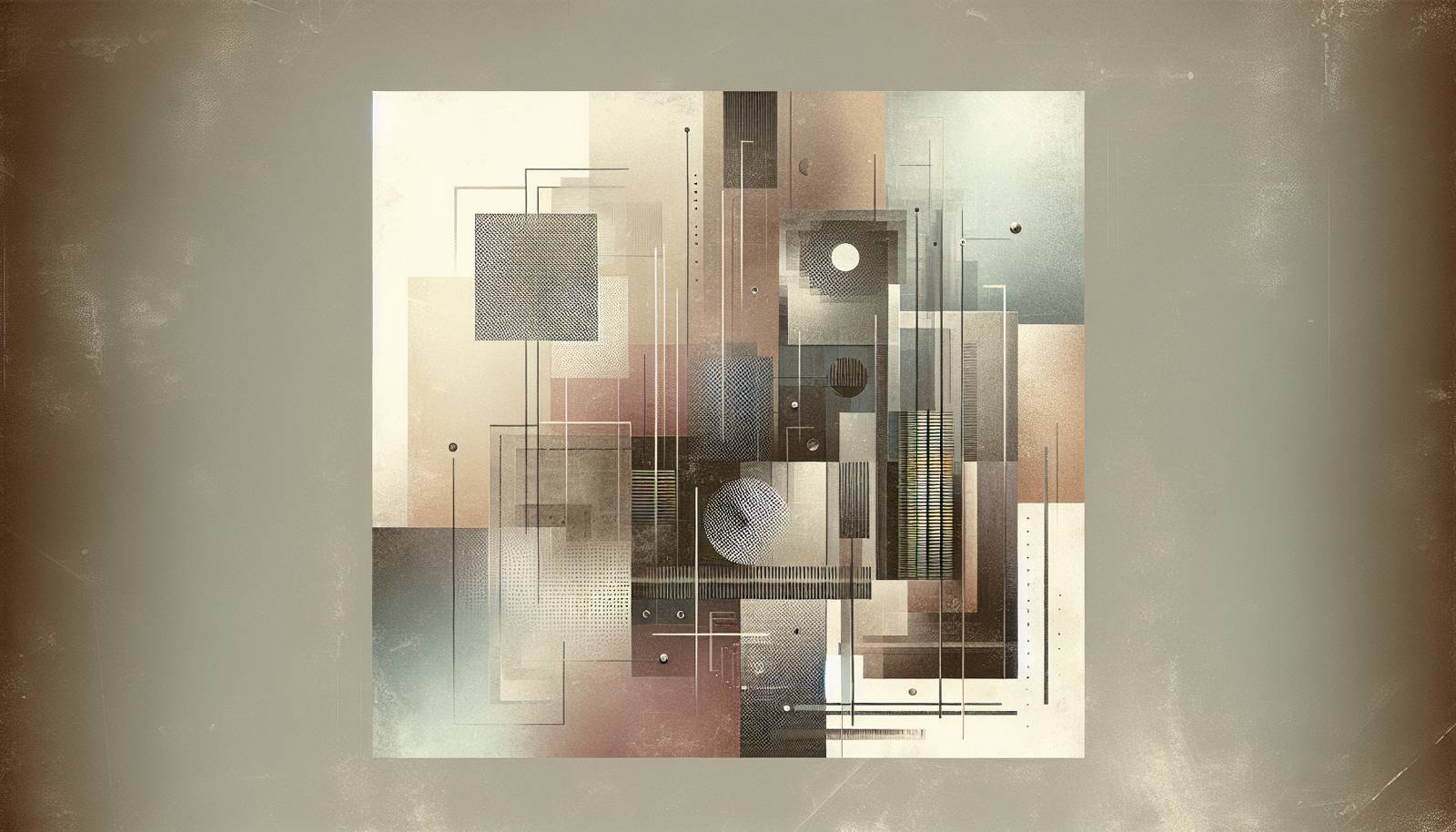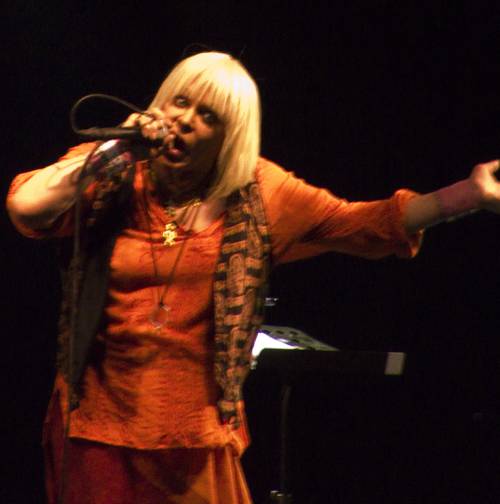
FAQ About Role of Industrial Music in Defining Post-Punk Aesthetics

What is industrial music and how did it originate?
Industrial music is a genre that emerged in the mid-1970s, characterized by its experimental use of harsh, transgressive sounds, and provocative aesthetics. It originated with bands like Throbbing Gristle and Cabaret Voltaire in the United Kingdom, who combined avant-garde electronics with rebellious themes, often exploring controversial societal issues.

How did industrial music influence post-punk aesthetics?
Industrial music introduced a raw, chaotic sound that influenced the darker and more experimental edge of post-punk. It contributed themes of dystopia, alienation, and anti-establishment sentiment, which became central to post-punk aesthetics. Bands adopted industrial's stark visual styles and synth-heavy, mechanical sounds.

Who were some key artists that bridged industrial music and post-punk?
Artists like Joy Division, Siouxsie and the Banshees, and Einstürzende Neubauten are notable for bridging industrial and post-punk. Joy Division's somber, haunting tracks and mechanical rhythms were heavily influenced by industrial sounds, while Siouxsie and the Banshees incorporated intense, eerie atmospherics.

What themes are common in industrial and post-punk music?
Both genres frequently explore themes of dystopia, alienation, existential angst, and anti-establishment ideas. They use music as a platform to question societal norms, delve into personal darkness, and critique technological advances impacting human life.

How does visual art play a role in industrial and post-punk aesthetics?
Visual art is crucial, often featuring stark, dark imagery that complements the underlying themes of despair and rebellion. Album covers, music videos, and stage presentations employ avant-garde visuals that amplify these aesthetics, contributing to a comprehensive sensory experience.

What role did Throbbing Gristle play in the development of industrial music?
Throbbing Gristle is often credited as one of the pioneers of industrial music. They pushed boundaries by using unconventional sounds and shock tactics in their performances to challenge cultural norms. Their innovative approach laid the groundwork for the industrial genre's distinctive themes.

Can you identify a specific post-punk band influenced by industrial music?
Joy Division is a quintessential post-punk band influenced by industrial music. Their music features a mix of haunting melodies and mechanical, driving rhythms that echo the industrial influence, paired with lyrics that reflect despair and existential questioning.

How did the socio-political climate of the late 20th century impact industrial and post-punk music?
The socio-political climate, marked by Cold War tensions, economic instability, and cultural shifts, heavily influenced both genres. Artists used music to express disillusionment with authority and society, often incorporating themes of chaos and industrial decay reflective of their times.

What is the significance of mechanical sounds in industrial and post-punk music?
Mechanical sounds embody the disruptive nature of industrial music and its critique of modernity. In post-punk, these sounds enhance the feeling of alienation and industrial decay, serving as a sonic metaphor for the dehumanizing impact of technology and industrialization.

How did the DIY ethic of punk influence industrial and post-punk music?
The DIY ethic promoted self-production and artistic independence, pivotal in both industrial and post-punk music. This approach led to experimental sounds, raw production qualities, and innovative performances, emphasizing authenticity and counter-culture values.

Are there any significant differences between industrial and post-punk aesthetics?
While both share dark and transgressive qualities, industrial music tends to focus on harsher, more mechanical soundscapes, and often emphasizes shock value. Post-punk, while also experimental, is more melodic and integrates diverse influences, including art rock and new wave.

How did fashion play into industrial and post-punk aesthetics?
Fashion was integral, with both genres embracing bold, anti-establishment styles. Industrial music often featured militaristic, dystopian attire, while post-punk fashion fused goth, punk, and new wave elements, using clothing as a means of cultural rebellion and identity.

How did technology influence the sound of industrial and post-punk music?
Both genres extensively used emerging music technology, like synthesizers and drum machines, to create innovative sounds. This technology allowed artists to experiment with new textures and layers, crucial for the distinctive soundscapes associated with industrial and post-punk.

Why is industrial music considered a counter-culture movement?
Industrial music is considered counter-culture due to its embrace of radical themes, unorthodox soundscapes, and its opposition to mainstream music and societal norms. It seeks to provoke thought and challenge the status quo, often addressing taboo subjects.

How did industrial music evolve over the years?
Industrial music evolved by incorporating elements from other genres such as electronic, rock, and even pop, resulting in sub-genres like industrial rock and electronic body music (EBM). Its influence persists in gothic and electronic scenes, reflecting enduring themes of rebellion and innovation.

What were common instruments used in industrial music?
Common instruments include synthesizers, samplers, drum machines, electric guitars with heavy effects, and found objects (like metal pipes) to create distinctive percussive sounds. This combination produces the raw, mechanical aesthetic central to industrial music.

How did underground culture impact the popularity of industrial music?
Underground culture provided a platform for industrial music to flourish, allowing artists to perform and distribute their work outside mainstream channels. This environment fostered creativity and authenticity, attracting an audience interested in alternative and thought-provoking music.

Why is post-punk sometimes described as 'experimental'?
Post-punk is described as experimental due to its willingness to push beyond traditional rock boundaries, integrating diverse musical influences, innovative use of sound technology, and thematic depth. It embraced eclectic styles and avant-garde approaches to music and art.

Has industrial music influenced any contemporary genres?
Yes, industrial music has influenced contemporary genres such as techno, industrial metal, and noise music. Its experimental ethos and innovative use of technology have inspired artists across various electronic and rock music circles.

What lasting impact did industrial music have on post-punk and broader music culture?
Industrial music's impact on post-punk and broader music culture includes a legacy of innovation, thematic exploration, and sonic experimentation. It helped shape the sound and aesthetics of alternative music and continues to influence artists seeking raw and edgy soundscapes.
